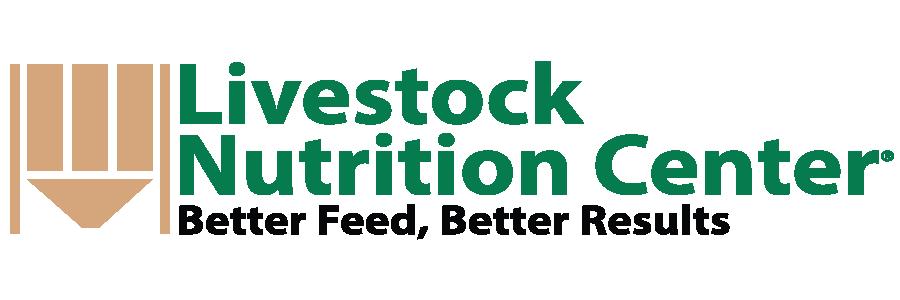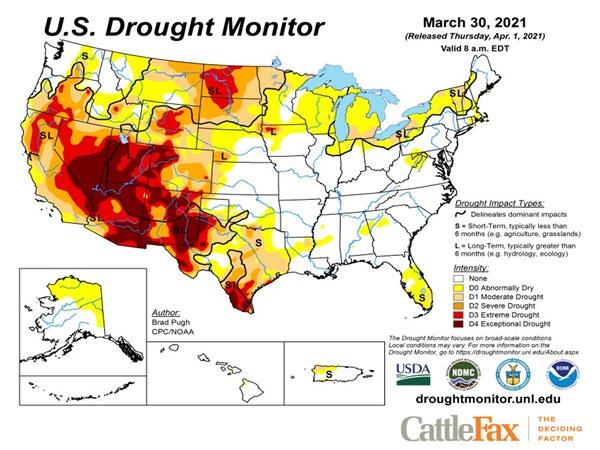
1 minute read
Be Mindful of Mycotoxins
By: Cody Welchons, Ph.D // Nutritionist, LNC
Mycotoxins are potentially harmful compounds that are produced by fungi in plants during growth or in storage.
Advertisement
Weather conditions during the growing season can influence the incidence of mycotoxin growth. Cool, wet growing weather can delay plant maturity and result in mold and mycotoxin growth. Favorable growing conditions for Aspergillus, the molds mainly responsible for producing aflatoxins, are during hot and humid weather while cool, wet weather favors the formation of Fusarium molds that can lead to fumonisin, vomitoxin (DON), and zearalenone.
What To Look For
• Symptoms of aflatoxicosis, due to aflatoxin, include reduced intake and, subsequently, gain in growing animals along with decreased milk production in lactating animals. In
severe instances, it can lead to death. • Cattle are less susceptible to negative effects from mycotoxins produced by Fusarium molds due to their degradation by rumen microbes. However, at high levels these mycotoxins can cause negative effects such as decreased intake (fumonisin and vomitoxin), decreased immune function (fumonisin and vomitoxin), or liver damage (fumonisin). Of note, in breeding animals, zearalenone is the greatest concern due to its ability to mimic the actions of estradiol and obstruct the synthesis of steroidal hormones in the ovaries and testes.
Prolonged exposure in females can lead t similar effects as implanting heifers. Possible signs of zearalenone in heifers is enlarged mammary gland and issues with conception and abortions in all females.
Feed Ingredient or Mycotoxin?
• As starchy, cereal grains are most often where mycotoxin risk shows up in cattle diets, negative effects, especially minor ones, can be wrongly attributed to corn and corn co-products themselves rather than the mycotoxins that may be present. As mycotoxins cans often be present in harmful quantities even when there is no visible mold, it is necessary to test for common mycotoxins on inbound ingredients. This may mean buying inbound ingredients from a broker that tests and guarantees that mycotoxins are below a safe threshold (Table 1) or working with a feed company that test inbound product.
“Mycotoxins and their Effects on Cattle” http://ruminant. ca.uky.edu/files/mycotoxins-final.pdf “Zearalenone Concerns in Reproducing Livestock” https://www.extension.purdue.edu/extmedia/AS/AS598-W.pdf “FDA Mycotoxin Regulatory Guidance” https://feed. ngfa.org/images/uploads/NGFAComplianceGuide-FDA RegulatoryGuidanceforMycotoxins8-2011.pdf



